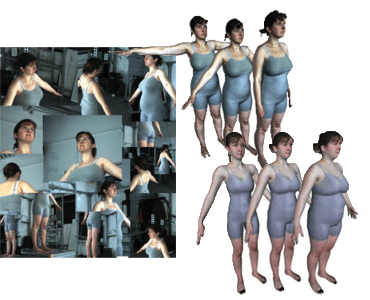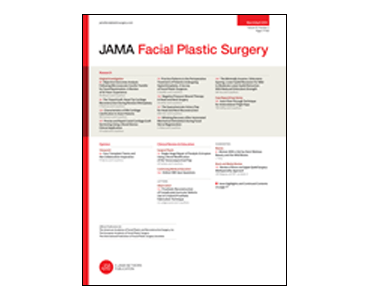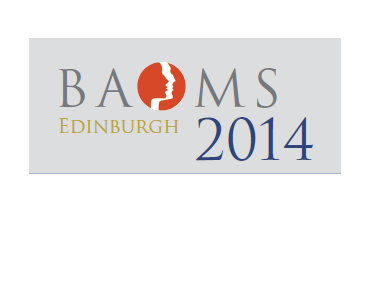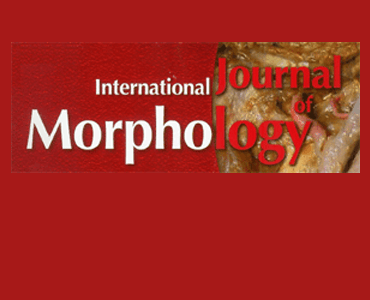Can I Recognize My Body’s Weight? The Influence of Shape and Texture on the Perception of Self. I Piryankova, J Stefanucci, J Romero, S de la Rosa, M Black, B Mohler.
Date: September 2014. Source: ACM Transactions on Applied Perception, Vol. 11, No. 3, Article 13. Abstract: The goal of this research was to investigate women’s sensitivity to changes in their perceived weight by altering the body mass index (BMI) of the participants’ personalized avatars displayed on a large-screen immersive display. We created the personalized avatars…








